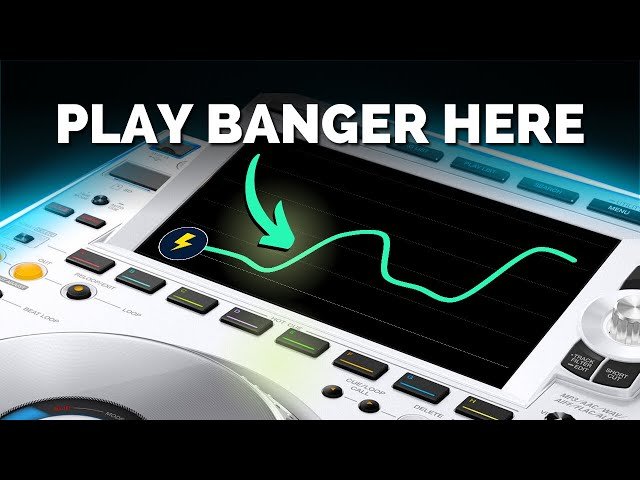Understanding the Camelot Wheel: A Guide for DJs
The Camelot Wheel, a powerful tool for DJs, has revolutionized the way they mix music. It simplifies the complex theory of musical keys, making it easier to create harmonically compatible mixes. Whether you're a beginner or a seasoned DJ, understanding the Camelot Wheel can elevate your mixing skills. This blog post delves into what the Camelot Wheel is, how it works, and why it's essential for every DJ.
What is the Camelot Wheel?
The Camelot Wheel, inspired by the Circle of Fifths in music theory, is a visual representation of musical keys arranged in a circular format. Each segment of the wheel represents a musical key, labeled with a code combining numbers and letters, like 5A or 8B. This system simplifies the complex relationships between keys, making it easy for DJs to see which tracks will mix well together.
How Does it Work?
The Camelot Wheel’s coding system is its core. The wheel is divided into 24 segments – 12 in the outer circle (A) representing major keys, and 12 in the inner circle (B) for minor keys. Each key is assigned a specific code, for instance, 8A (C major) or 8B (A minor).
Mixing in Key
Mixing tracks in the same key (e.g., 5A with another 5A) ensures they harmonically align, creating a smooth, pleasing mix. The Camelot Wheel also allows DJs to mix into adjacent keys. Moving one step to the left or right (e.g., from 5A to 4A or 6A) or switching between inner and outer circles at the same number (e.g., from 5A to 5B) also generally results in a harmonious mix.
Why is the Camelot Wheel Important for DJs?
Harmonic Mixing
The primary benefit of the Camelot Wheel is harmonic mixing – blending tracks that are in compatible keys. This technique adds a layer of sophistication to your sets, making transitions seamless and maintaining the flow of the music.
Creative Freedom
The wheel opens up creative possibilities. It guides DJs in choosing tracks that might not be obvious choices but can create unique and dynamic mixes.
Enhanced Learning
For beginners, the Camelot Wheel is an educational tool. It helps in understanding key relationships without diving deep into music theory.
Energy Control
The Camelot Wheel aids in managing the energy of a DJ set. Moving around the wheel in certain ways can subtly increase or decrease the intensity of the music, crucial for keeping the audience engaged.
Tips for Using the Camelot Wheel
Start Simple: Begin by mixing tracks in the same key. As you gain confidence, experiment with adjacent keys.
Plan Your Sets: Use the Camelot Wheel to plan transitions and set flow in advance.
Use Software Tools: Many DJ software programs have built-in key detection and display keys in Camelot codes. Mixed in Key is a popular software that utilizes the Camelot Wheel.
Trust Your Ears: While the Camelot Wheel is a guide, it’s not infallible. Always trust your ears – if it sounds good, it works.
Practice: Like any skill, mastering the Camelot Wheel takes practice. Spend time experimenting and learning how different transitions sound.
Conclusion
The Camelot Wheel is an invaluable tool for DJs at any skill level. It simplifies musical key theory, enabling DJs to create harmonically rich mixes with ease. By mastering the Camelot Wheel, you can enhance your DJ sets, making them more dynamic, engaging, and musically pleasing. Remember, the best DJs not only understand their tools but also know how to use them creatively. Happy mixing! 🎧🎶






